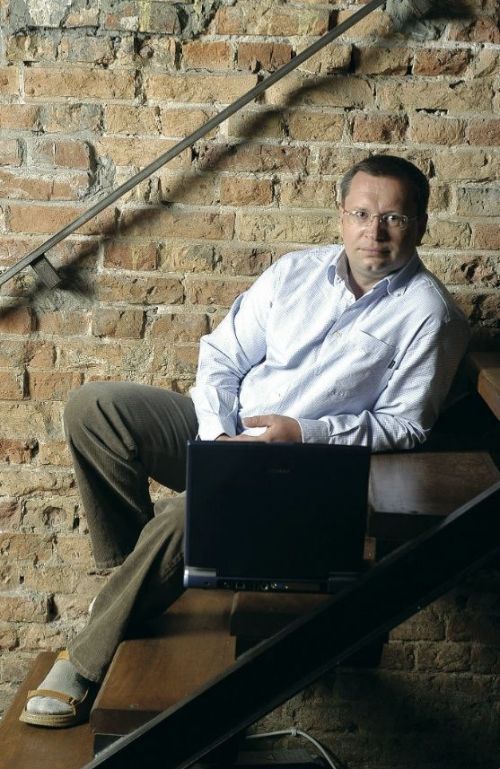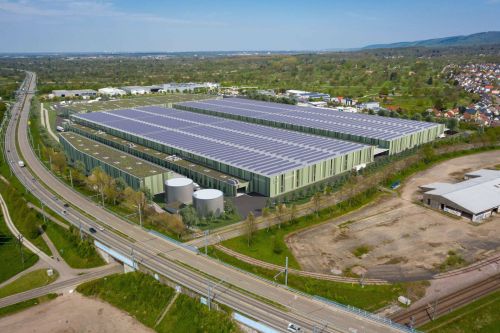Why passive construction in Poland has not been successful
A number of factors have contributed to this fact: firstly – the lack of activity from the institutes and associations involved in the construction of passive houses, a few of which exist in Poland in different forms and under different names. The manufacturing market for these projects needs to be consolidated and first of all should build such houses both as purely commercial products and as educational/show facilities. However, their activities have been limited to lectures at fairs and conferences, such as at the largest construction fair in Poland – Budma. Despite the fact that at his fair manufacturers have launched many products with ‘passive’ certificates and a separate pavilion has been earmarked for investors interested in the issue, it still might seem that a passive house consists exclusively of a water recuperator and a heat pump. Added to this, the service provider market for the passive sector is also very fragmented and it is hard to obtain clear information. It also turns out that operating costs and the durability of facilities and devices do not live up to the manufacturers’ claims. I have built three experimental passive houses so far, which are regularly tested and all the parameters of which are under constant monitoring. In my opinion the recuperators and heat pumps need to be replaced after a maximum of 8–10 years. It does not matter that we have low heating costs if the operation and servicing of a heat pump and a recuperator costs app. PLN 5,000 per year (the servicing and cleaning of a recuperator twice a year costs PLN 2,500, while the servicing and glycol replenishment of the solar installation for tap water costs PLN 1,500 and the servicing of a heat pump costs PLN 1,000). Of course the costs skyrocket in if any of these devices fails – and their failure frequency is high due to the lack of professional fitters. Despite there being substantial investor interest, a strong retail and service market that would support passive construction has yet to develop. In Germany the sector provides work for several thousand people, with the number of passive houses built so far coming to app. 6,000!
Paradoxically, this situation could turn out to be beneficial for us because it might enable us to draw conclusions from it and establish our Polish Energy Efficient Construction System.






















































An open door to redefining the commercial real estate market in Poland
An open door to redefining the commercial real estate market in Poland
The investment slowdown in the commercial real estate sector that we have been observing in Poland for over a year is primarily the result of the tightening of monetary policy arou ...
Walter Herz
The retail sector is not slowing down
The retail sector is not slowing down
The pandemic, conflict in Ukraine as well as inflation and high interest rates that recent years have brought have reshaped the real estate market around the world. The global slow ...
Walter Herz
Retail parks – current opportunities
Retail parks – current opportunities
Over the last few years, retail parks in Poland were mostly developed in smaller formats, around 5,000 sqm, either adding to the existing retail landscape or introducing modern ret ...
Avison Young